We intend to find a material that becomes superconducting at room temperature
Materials known as superconductors transmit electrical energy with 100% efficiency. Thus, huge potential improvements in energy efficiency are expected if computer logic was based on superconductors.
The challenge is that currently superconductivity works only in extreme cold – from -150 to -270 degrees Celsius. Cooling the material to such low temperatures uses a lot of energy, and therefore the potential for energy savings vanishes.
However, by finding a superconductor that works at room temperature, the potential of energy efficiency can be exploited.
Superconductivity in brief
When electric current flows in a normal conductor, such as a metal wire, the moving electrons collide with impurities and defects. This makes it more difficult for the current to flow and causes resistance. Resistance generates heat which means that an electric current requires more power.
In superconductors, electric current flows without resistance, and also magnetic fields are expelled from the material. Many materials, such as some metals, become superconducting at a very low temperature. Superconductivity relies on a phenomenon where electrons form pairs, so called Cooper pairs. These pairs can avoid scattering and move without resistance.
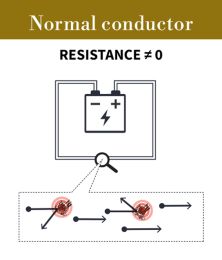
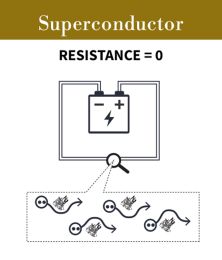
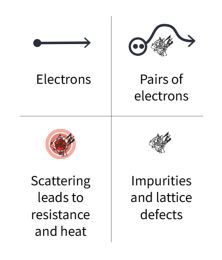
So, in a nutshell superconductivity means that an electric current flows without resistance. Without resistance there are no heat losses. No heat losses could mean 1000-5000 times more energy efficient logic, and 100 times higher clock frequency.
This is an estimate we made based on Holmes et al., IEEE Transactions on Applied Superconductivity 23, 1701610 (2013) and Bunyk et al., International Journal of High Speed Electronics and Systems 11, 257 (2001), although even more promising (in our view over-optimistic) estimates such as 100000-fold improvement can be found in the literature.
It is important that the estimated potential for improvement is as big as 1000-fold, because reality often turns out to be less ideal than first expected: even if the improvement in the end was “only” 10 or 100 times, that number would translate into a radical reduction of ICT’s carbon footprint.
Why is it important to find the solution?
In order to meet the Paris Agreement goal of staying within 1.5°C of warming compared to pre-industrial times, the global economy needs to reduce its emissions
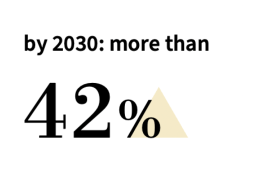
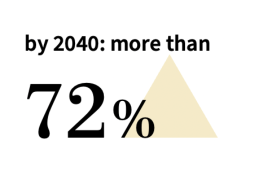
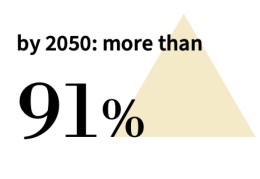
The key challenge is energy as much of it is still produced with fossil fuels which cause a rise in atmospheric CO₂. And one part of the energy challenge is that our future is increasingly dependent on digitalization.
Based on various reports, the energy demand of ICT accounts for about 2–4% of global CO₂ emissions. As the use of digital technology will only increase, and the consumption of data will multiply, the energy consumption trend is also increasing. ICT’s share of the global greenhouse gas emissions is estimated to grow.
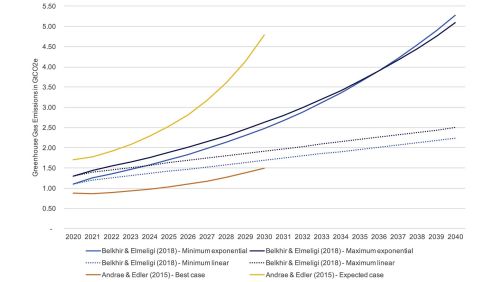
Different studies predicting growth of the greenhouse gas emissions of ICT. Figure from Freitag et al., Patterns 3, 100576 (2022).
Our Room Temperature Superconductivity 2033 initiative aims to find a material that becomes superconducting at room temperature. Why? Because by enabling the usual computers to use superconductivity, ICT would need significantly less energy.
Utilizing new research ideas and approaches
On our journey to realize a room-temperature superconductor, we explore the newly discovered flat band superconductivity and utilize the power of machine learning and artificial intelligence.
Read more about our research
